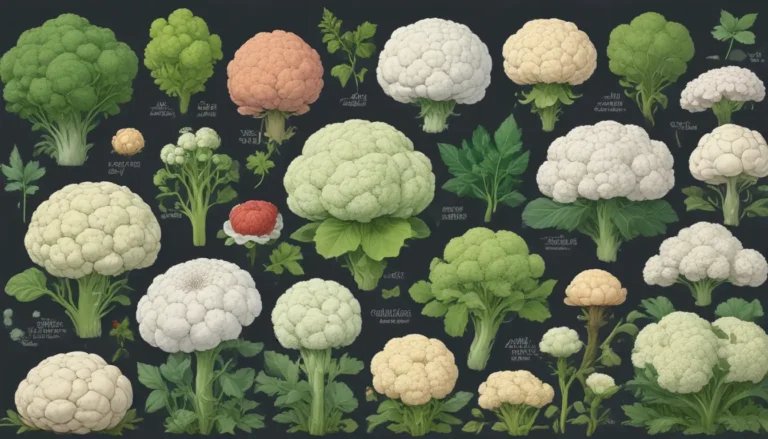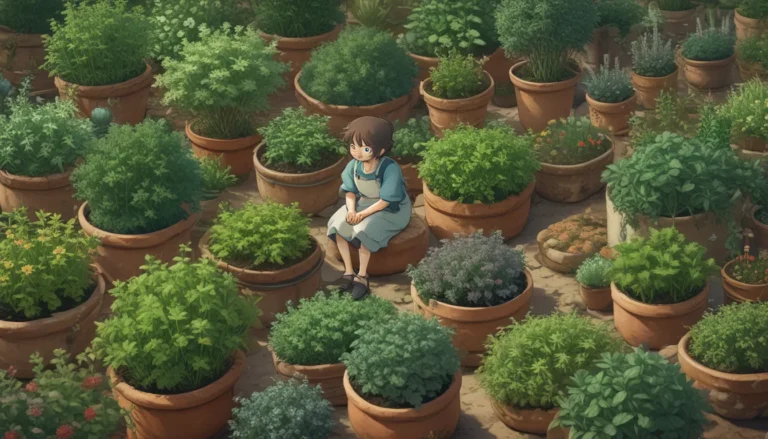Mastering the Art of Pruning: A Comprehensive Guide for Gardeners

Pruning shrubs and woody plants can be a daunting task for many amateur gardeners. The fear of making mistakes and damaging plants often overshadows the potential benefits. However, with the right knowledge and techniques, pruning can be one of the most satisfying gardening activities, leading to abundant flowers, foliage, and fruit.
In this guide, we will delve into the basics of pruning, exploring when to prune, how to prune, and why it is essential for maintaining healthy, vigorous plants. By understanding the various methods and practices of pruning, you can transform your garden into a thriving oasis of beauty and productivity.
The Art of Pruning: A Closer Look
What Is Pruning?
Pruning is the practice of controlling a plant’s growth and development into specific patterns. By removing the terminal bud, other buds positioned below can grow and branch out, resulting in a bushier appearance. Each species and variety of plant has unique pruning requirements, so it’s crucial to understand your plants’ needs to thrive.
Pruning stimulates growth, but the severity of pruning depends on your desired outcome. Regular pruning helps maintain plant health and shape, while neglecting pruning can lead to disease and poor growth.
Why Prune?
Pruning is essential to encourage healthy growth, rejuvenate shrubs, and enhance the aesthetic appeal of your garden. By removing dead, damaged, or diseased branches, you can promote new growth and prevent the spread of infection. Pruning also creates a balanced symmetry in garden plots and hedges, adding to the overall beauty of your landscape.
Knowing the mature dimensions of your plants is crucial to avoid overcrowding and damage. Properly pruned plants remain compact, youthful, and productive, producing abundant flowers and fruit.
When to Prune
The best time to prune is during the dormant period, typically late fall to early spring. Winter pruning stimulates growth, while summer pruning slows it down. However, flowering shrubs should be pruned immediately after blooming to encourage full and abundant flower growth the following spring.
Consulting plant information, nursery experts, or gardening books can help you determine the ideal pruning time for each plant in your garden.
Essential Tools for Pruning Success
-
Hand Pruners: Invest in high-quality secateurs (hand pruners) for smaller plants and thinner stems. Look for durable models like Felco F-2 or Felco F-6 for long-lasting performance.
-
Long-Handled Pruners: For larger shrubs and small trees, long-handled pruners (loppers) provide the extra cutting leverage needed to tackle thick stems. Brands like Felco offer reliable options for efficient pruning.
-
Pruning Saws and Knives: While not essential for beginners, pruning saws and knives can be useful for cutting green wood and larger branches in older plants. Models like the Victorinox Pruning Knife or Felco Pruning Saw offer precision cutting for more advanced pruning tasks.
Having the right tools is essential for successful pruning, so invest in quality equipment to ensure optimal results.
Mastering the Art of Pruning: Tips and Techniques
General Pruning Tips:
– Research plant-specific pruning instructions to establish a well-balanced framework for each plant.
– Remove dead, diseased, and damaged wood regularly to maintain plant health.
– Prune young plants as they grow to shape and guide proper growth patterns.
– Keep a gardening journal to track pruning schedules, plant care, and maintenance needs.
Pruning Roses:
– Different categories of roses (modern bush roses, species roses, climbing roses) require specific pruning techniques.
– Hybrid tea roses, for example, should be pruned to encourage floral abundance and shape.
– Climbing rambling roses need careful training and pruning to maximize flower production along the stem.
Each type of rose requires unique pruning methods and regular maintenance to ensure healthy growth and prolific flowering throughout the season.
Pruning Shrubs:
– Deciduous shrubs benefit from early pruning to establish a balanced framework.
– Evergreen shrubs require minimal pruning but may need regular maintenance to prevent overcrowding.
– Remove dead, diseased, or damaged wood to promote new growth and maintain plant shape.
Understanding the pruning needs of deciduous and evergreen shrubs is essential for preserving their health and enhancing their visual appeal in the garden.
Cultivating a Beautiful Garden: Tips for Success
- Keep detailed records of each plant, including care instructions, pruning times, and planting locations.
- Regular maintenance tasks like deadheading, weeding, and grooming are crucial for plant health and vitality.
- Treat your plants as living beings, nurturing them with care, attention, and proper pruning techniques.
- Research healthy plants, provide proper care, and enjoy the rewards of a beautiful and thriving garden.
By mastering the art of pruning and adopting best practices for plant care, you can create a magnificent garden that will bring you joy and satisfaction for years to come.
This comprehensive guide offers valuable insights into the art of pruning, equipping you with the knowledge and techniques to transform your garden into a flourishing paradise of beauty and productivity. Embrace the joy of gardening and watch as your plants thrive under your expert care.





